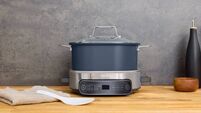Jennifer Sheahan: Create a mood board for your dream home
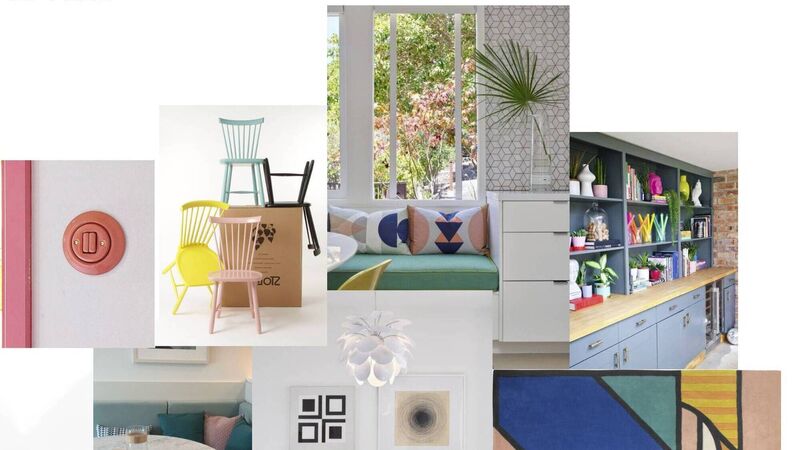
The mood board that designer Caroline Maguire created with Jennifer Sheahan for her kitchen/dining area.
Before going through the steps of how to make a mood board, you must first understand why you should do it at all. A mood board is a collection of images (or words) where you can visualise your desired design.
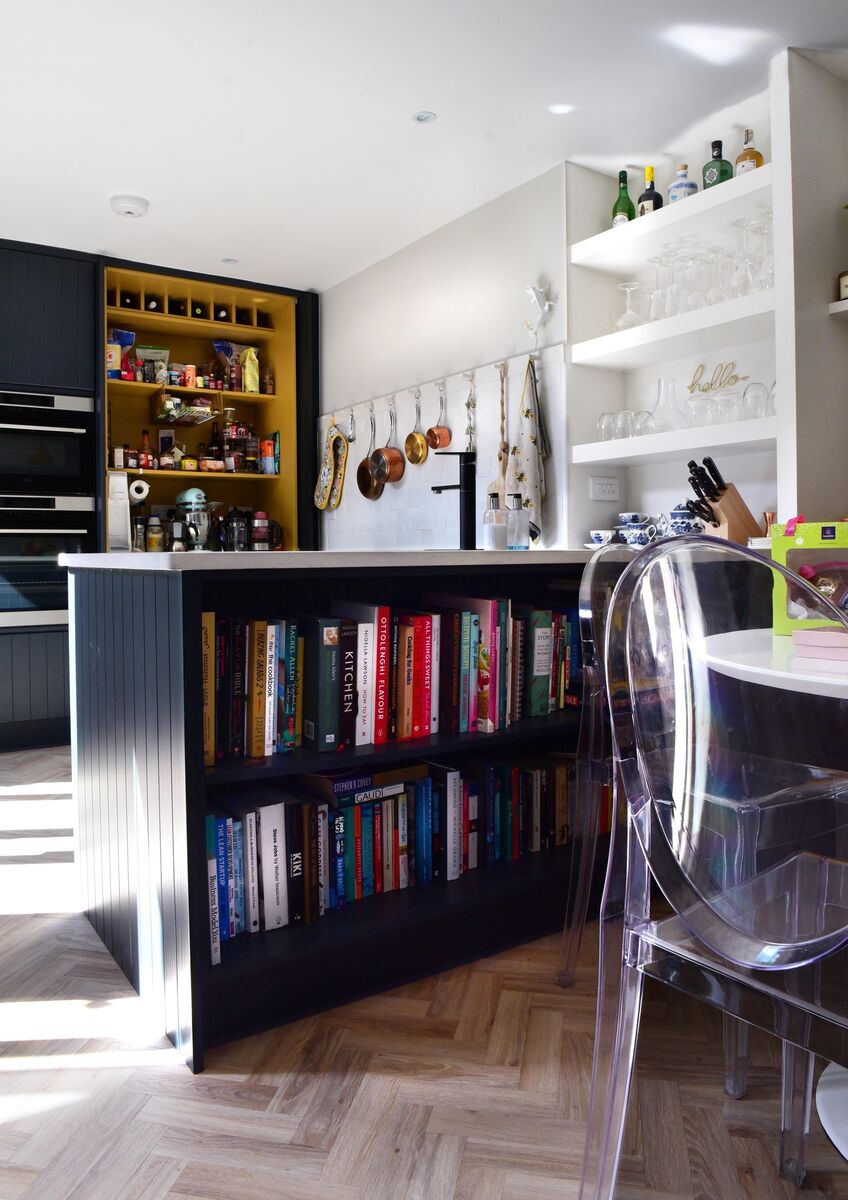
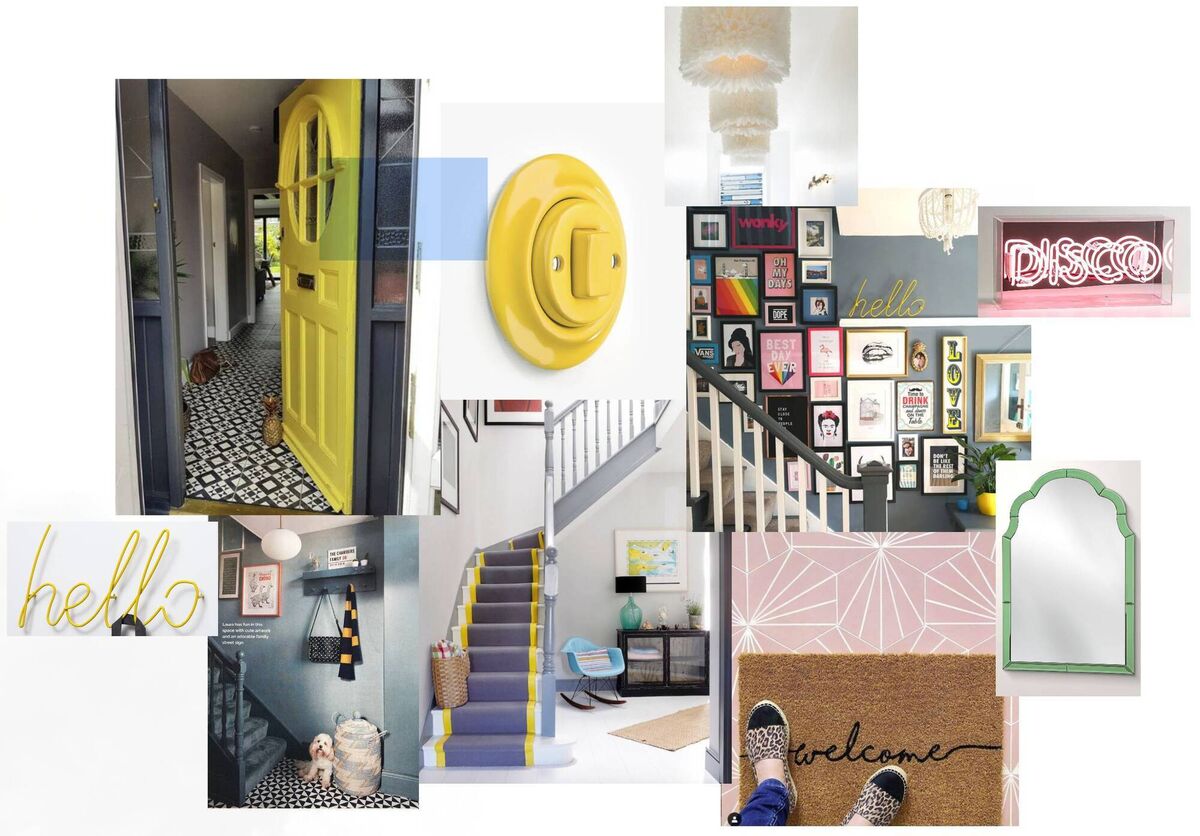
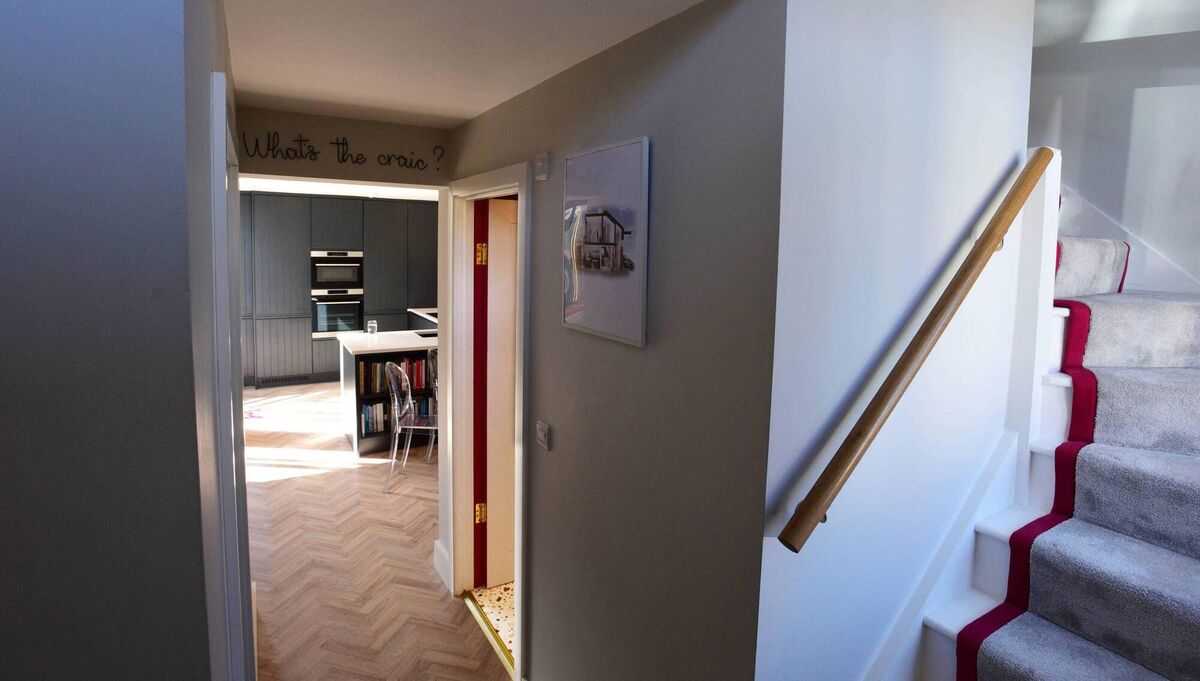
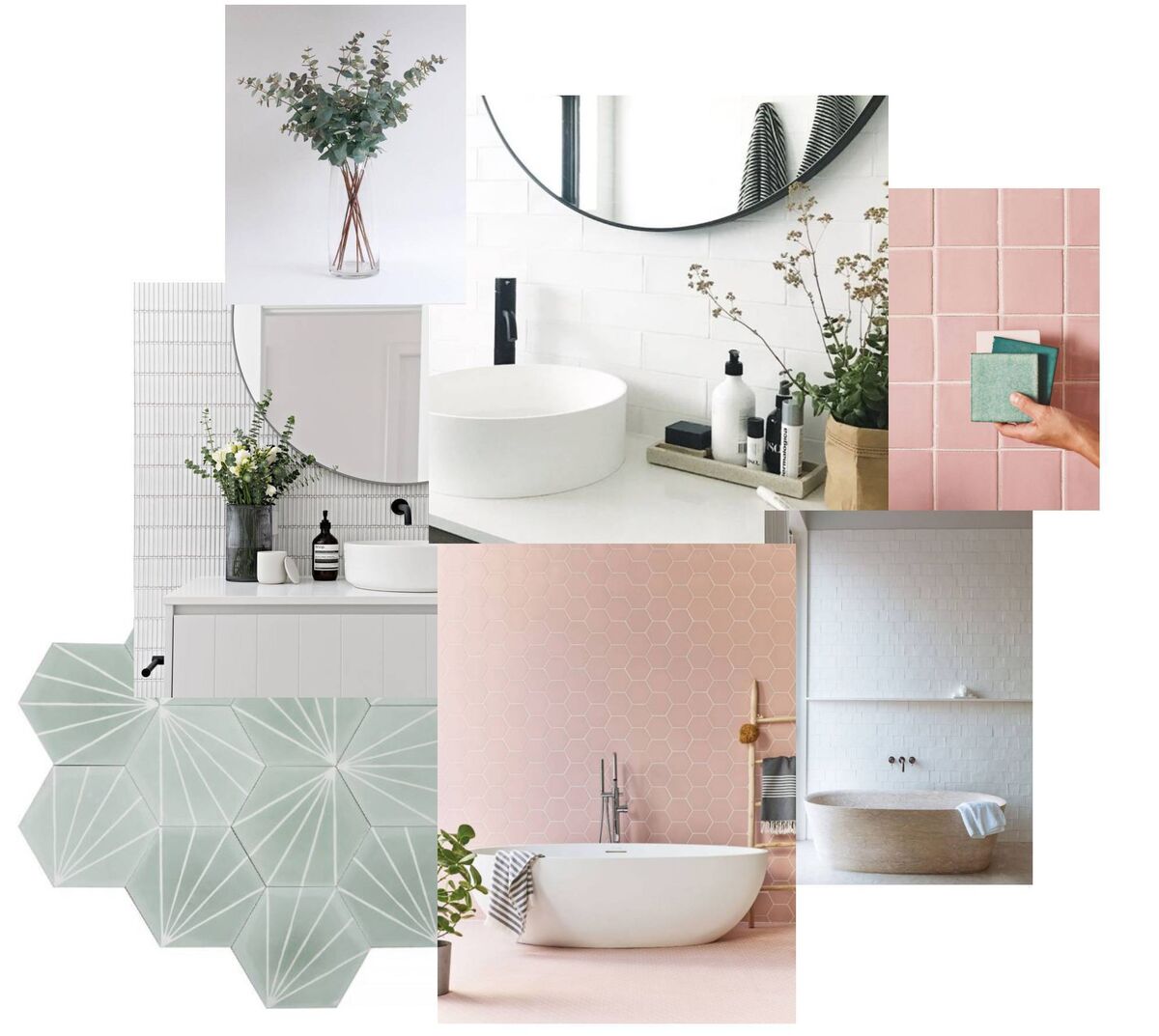
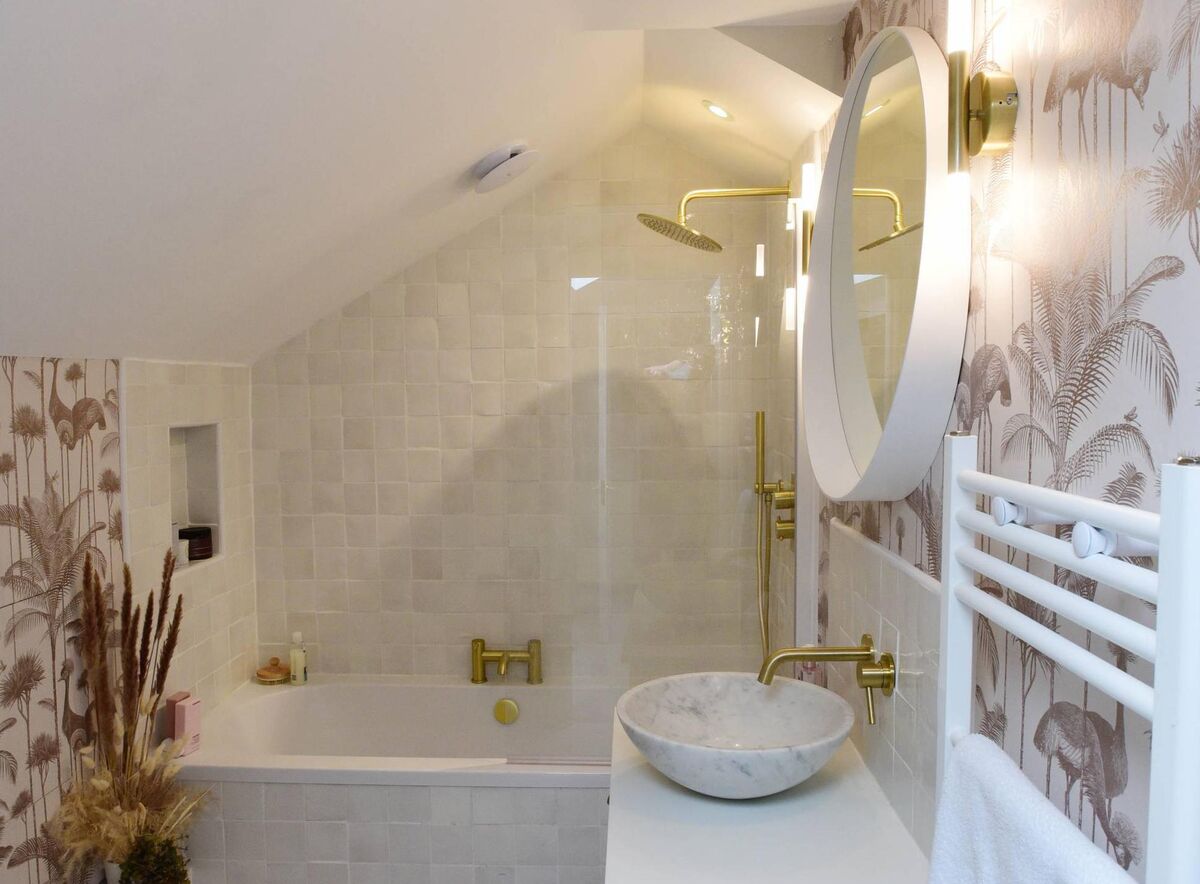
- Got a question? Email home@examiner.ie





